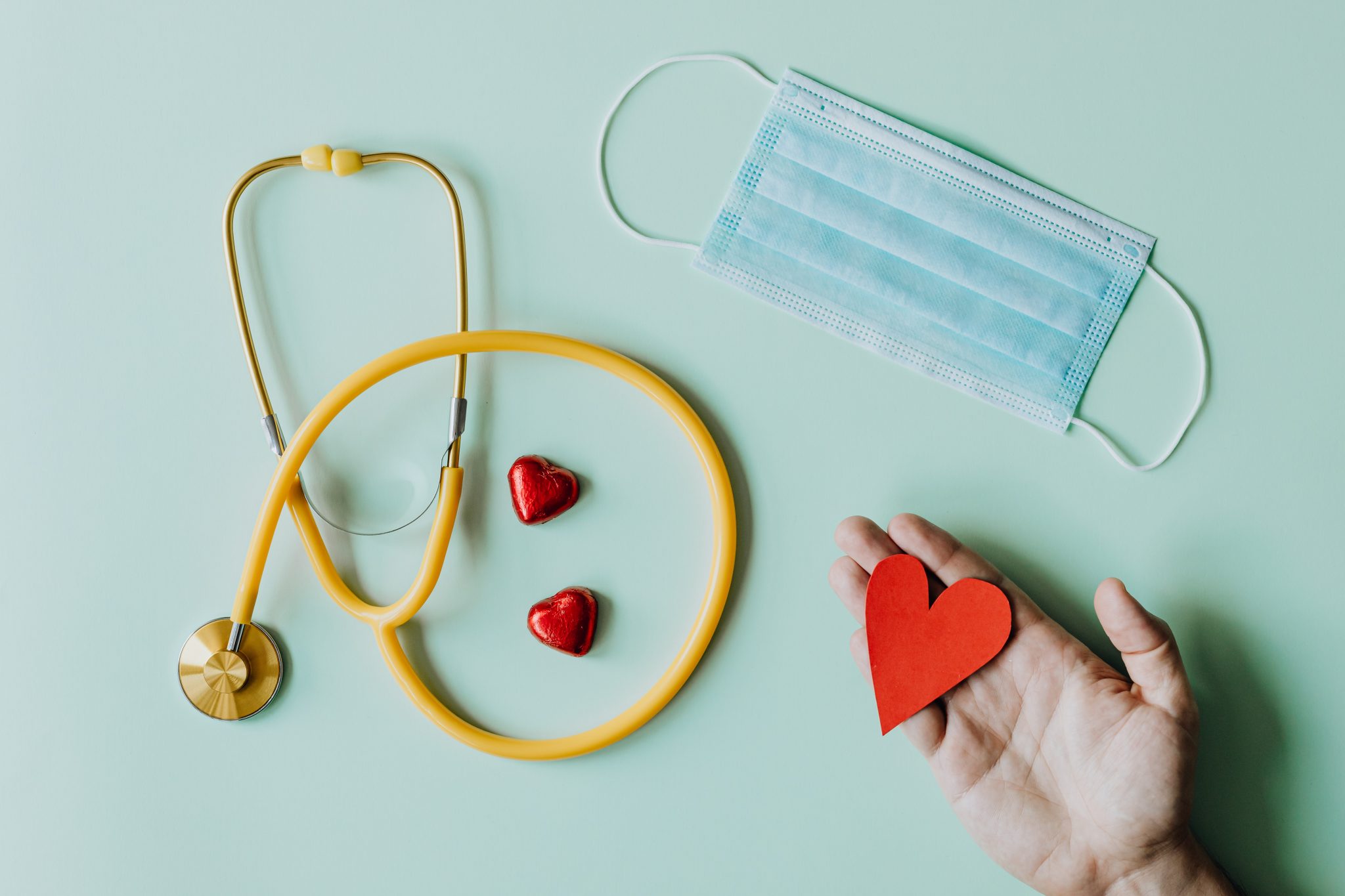5 Varicose Veins Risk Factors
Varicose veins can be unsightly as well as harmful to your overall health. Awareness of the risk factors for varicose veins can empower you to make some changes in your lifestyle to help prevent this type of vein disease.
Here are 5 risk factors for getting varicose veins:
- Overweight or obesity
- Sedentary lifestyle
- Smoking
- Aging
- Hormones
Read on to find out how each of these factors increases your risk for varicose veins and what you can do to lower your chances of getting this vein disease.
How Your Weight Can Increase Your Chances of Getting Varicose Veins
Being overweight or obese can raise your risk of getting varicose veins. However, this does not mean that those who are at a healthy weight or underweight will not get varicose veins. There is no 100% guaranteed way to prevent vein disease so your focus should be on decreasing your susceptibility by addressing the risk factors.
Being overweight or obese can:
- Put additional pressure on your vein valves
- Conceal the appearance of varicose veins
Being Overweight Puts Pressure on the Veins
The way your weight relates to your varicose vein risk involves the amount of pressure placed on your veins. The more you weigh, the more pressure your veins will be under. Over time, this added pressure can weaken the vein valves which will make them less efficient at pumping blood back up to your heart. Blood can start to pool up in your lower extremities, mainly your legs, ankles, and feet. As the weakened veins fill up with pooled blood, they start to bulge into the characteristic swollen, twisted vein that is known as a varicose vein.
Obesity Can Delay Treatment for Varicose Veins
When you’re overweight, it’s possible that your varicose veins won’t be as prominent as someone who is at a healthy weight. This is especially the case if you’re obese. If there are additional layers of fat surrounding the varicose vein, it can conceal the appearance of it, and you may not even realize you have one. Without seeing evidence of a varicose vein, you’re unlikely to seek treatment or make lifestyle changes and the condition could get worse.
What you can do: Take measures to achieve a healthy weight through a healthy diet and low-impact exercise so you can decrease your risk of varicose veins.
Why a Sedentary Lifestyle and Healthy Veins Don’t Mix
There are several reasons that a sedentary lifestyle can impact the health of your veins and raise your risk of varicose veins.
Leading a sedentary lifestyle can:
- Put you at a higher risk for blood clots
- Negatively impact blood circulation in the lower extremities
Sitting for Long Periods Makes You More Susceptible to Blood Clots
If you spend many hours each day sitting down, your muscles are not contracting frequently enough around your veins to promote proper blood flow. This can lead to a blood clot forming in the veins which creates a blockage that could eventually loosen and travel to the heart or brain, which can be fatal. Even if the clot stays in one spot and is treated effectively, the veins become weakened in that area, generally the legs, which can lead to varicose veins.
Lack of Exercise Can Be Detrimental to Blood Flow
Even if you don’t sit all day, standing in one place can also take a toll your vein health. The veins in your lower body require physical movement to assist with pumping blood back up to the heart. Sitting or standing in one spot for hours a day don’t provide the necessary movement for optimal blood circulation. When the blood isn’t flowing properly through your veins, it can start to pool up in the legs and feet, making you more vulnerable to varicose veins.
What you can do: Check with your doctor about starting an exercise routine that will be safe for you.
How Smoking Can Wreak Havoc on Your Veins
You’re most likely already aware that smoking can have devastating effects on your health, but have you ever thought about how the habit can affect your veins?
Being a smoker can:
- Put you at a higher risk for blood clots
- Put you at a higher risk for more severe varicose veins
Smoking Can Harden Your Arteries
The nicotine in cigarettes can cause your arteries to harden which makes them narrower and less flexible. The more rigid and constricted your arteries are, the harder it is for blood to flow through. This puts more pressure on the veins in your legs, weakening them and possibly causing bulging varicose veins and even blood clots.
Varicose Veins Can Be Worse in Smokers
While smoking puts you at a higher risk for varicose veins, it also can cause those varicose veins to be more severe than those of nonsmokers. That’s due in part to the chemicals in cigarettes which interfere with oxygen flow and cause blood to thicken. This can also lead to blood clotting.
What you can do: Quit smoking as soon as possible. Talk to your doctor about helpful options if you’re struggling with quitting.
Why Age Makes a Difference in Varicose Vein Risk
While you can exert some control over the above risk factors, age is one of those none of us can change. And with each additional year, our risk become higher for varicose veins.
As you age:
- Your veins will naturally weaken from the normal wear and tear of life.
How Your Veins Change with Age
Just like the rest of your body, your veins will undergo some changes as the years go by. Your vein walls will start to weaken and become less efficient at pumping blood back up to the heart. Blood can begin to pool in your legs, increasing your risk of varicose veins.
What you can do: You can’t change your age, but you can increase your overall health and wellbeing through diet, exercise, and stress reduction, which will decrease your risk for varicose veins.
How Hormones Impact Vein Health
The relation of hormones to varicose veins also explains why women are at a higher risk for this type of vein disease.
Hormones can increase risk of varicose veins via:
- Birth control pills
- Pregnancy
- Hormone replacement therapy
Hormones Can Affect Blow Flow
The hormones progesterone and estrogen can slow down your blood flow, making you more susceptible to blood clotting and varicose veins. These hormones are present in birth control pills and increase with pregnancy. During menopause, these hormones naturally decrease so doctors may put you on hormone replacement therapy to increase your levels. This explains why women are more at risk for varicose veins when pregnant, on birth control pills, or receiving hormone replacement therapy.
What you can do: If you’re pregnant, focus on staying active within your abilities and eating a heart-healthy diet. If you’re taking hormones, talk to your doctor about other options that can carry a lower risk of vein disease.
Summary
Now you know what causes varicose veins and what lifestyle and dietary changes you can make to prevent or reduce the appearance of spider veins. Awareness of what makes you more susceptible to varicose veins can help you make the changes you need to promote the health of your veins.
While a healthy diet and lifestyle are extremely helpful for decreasing the appearance of varicose veins, it’s important to seek out professional care if the problem persists. If you’re experiencing symptoms from varicose veins that don’t respond to diet and lifestyle changes, contact us today to book an appointment.





